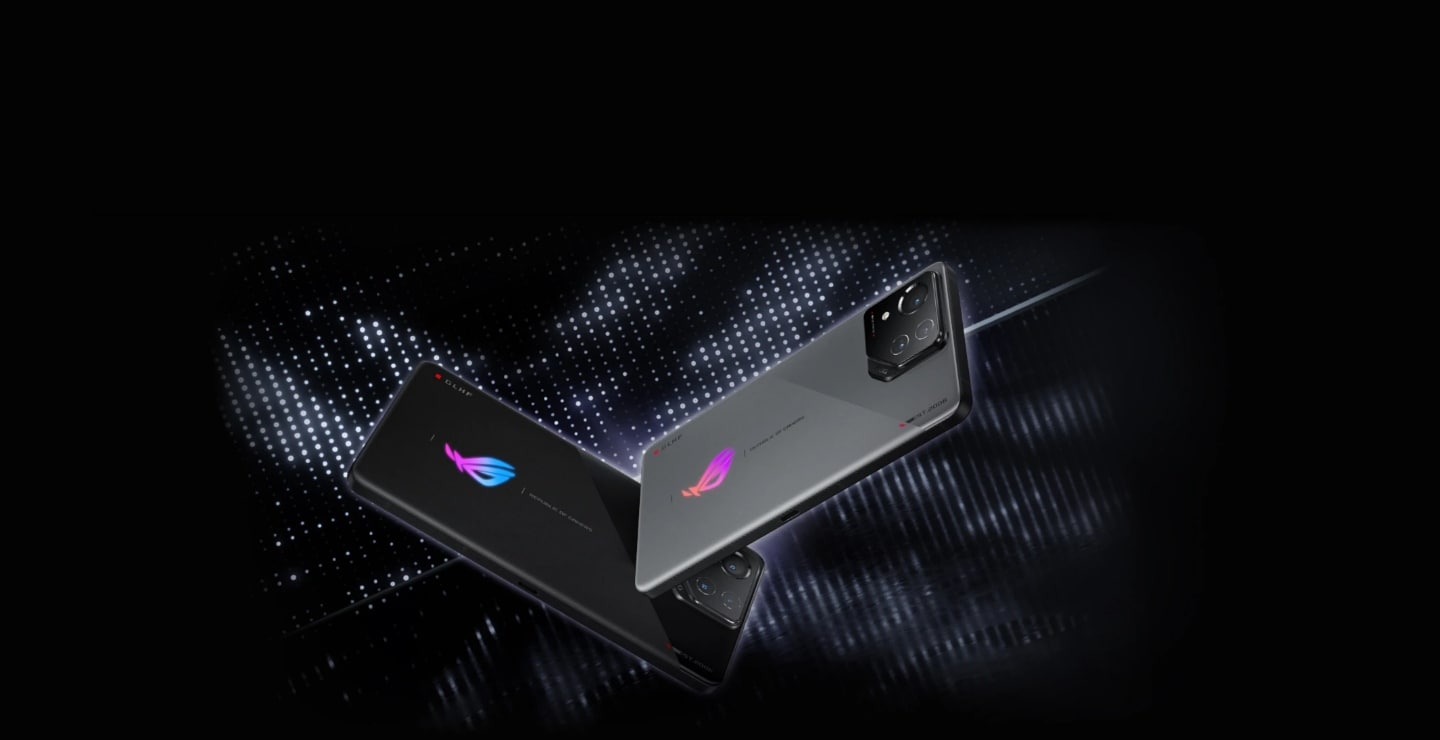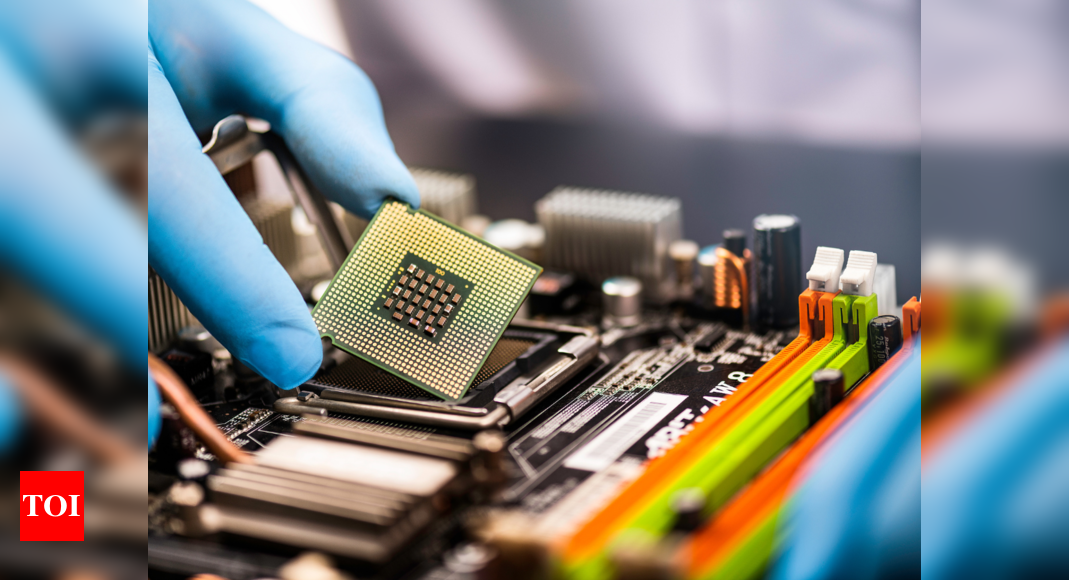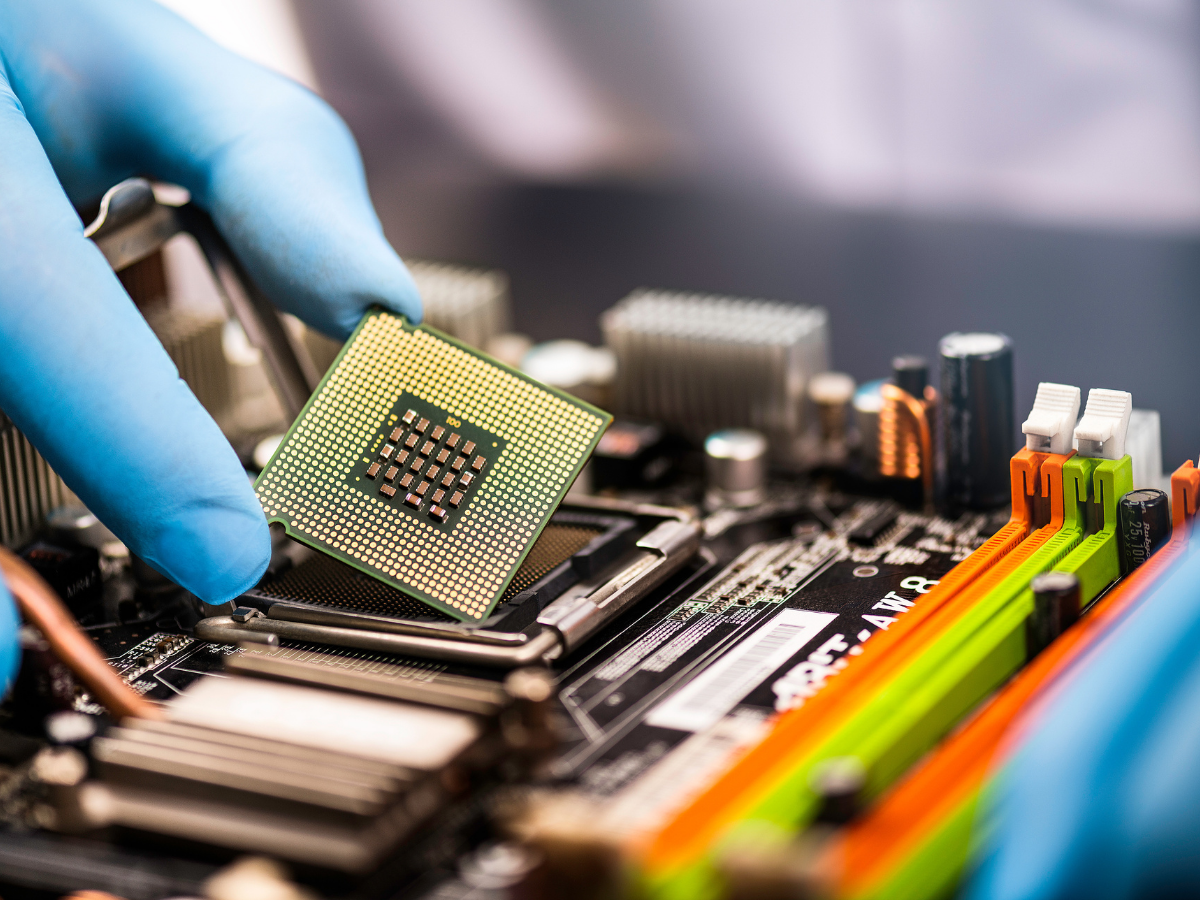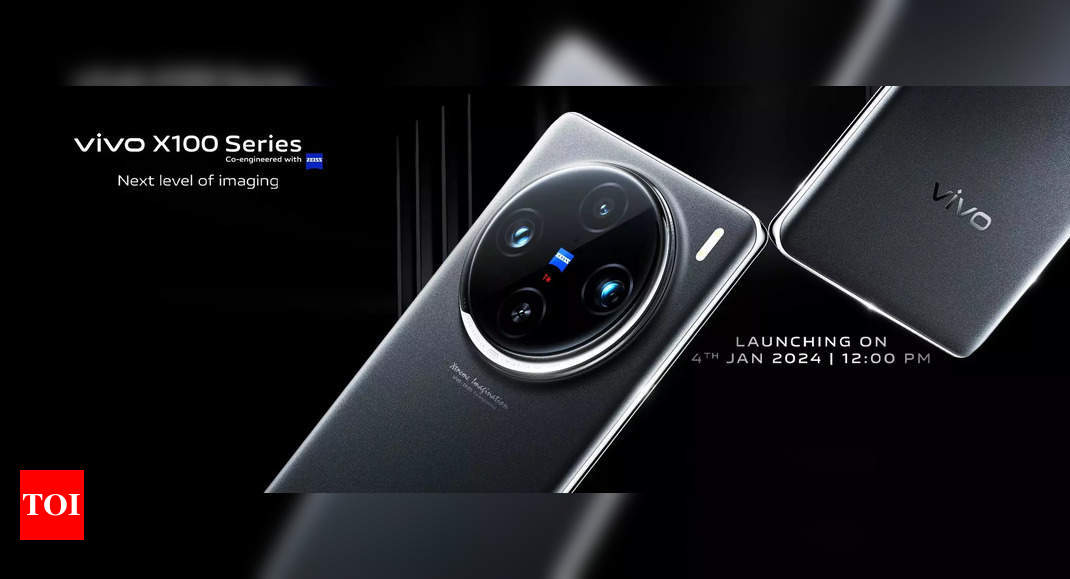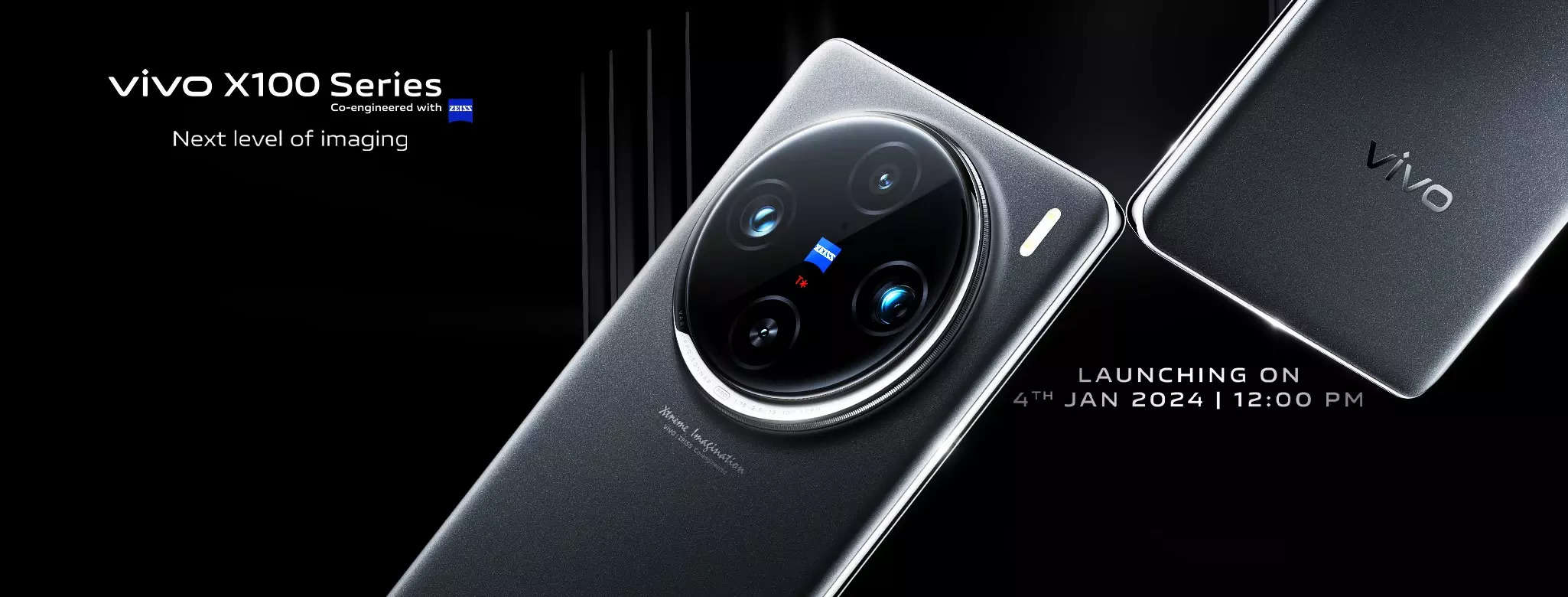WhatsApp is rolling out status update sharing feature for desktop users
[ad_1]
According to the report, the recent update introduces a feature that allows users to share photos, videos, and text directly from the web client, streamlining the process of posting updates.It’s noteworthy that this functionality is presently accessible to a select group of users who had previously enrolled in the official beta program for the web client, offering them exclusive access to certain beta features.
The inclusion of status updates on WhatsApp Web eliminates the need for users to toggle between their mobile devices and computers when sharing moments. This synchronisation between the mobile and web versions in terms of status updates is anticipated to provide a seamless and uniform user experience. This enhancement is expected to facilitate easier connectivity with contacts, ensuring a more cohesive and user-friendly interaction across both platforms.
WhatsApp rolls out new chat filter feature
WhatsApp has introduced a new chat filtering feature aimed at assisting users in organising their conversations according to their preferences. According to WABetaInfo, the messaging application now incorporates a feature that allows users to categorise their chats using selected filters. Currently undergoing testing, this functionality is available to a restricted group of beta testers and is anticipated to be released to all users in the near future.
[ad_2]
Source link


